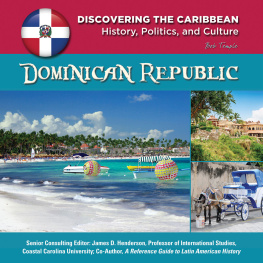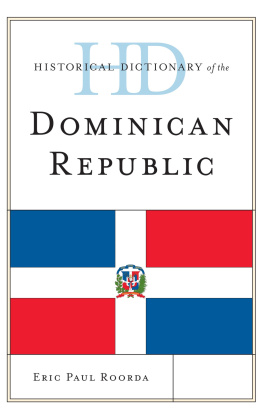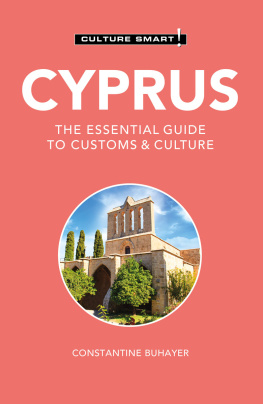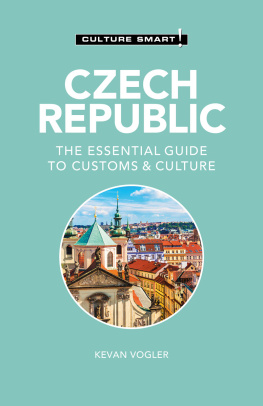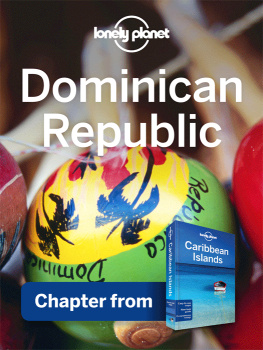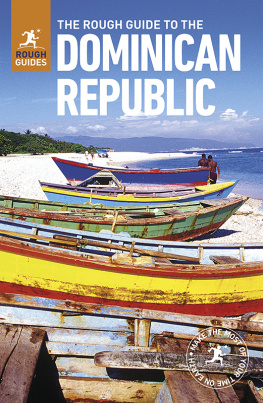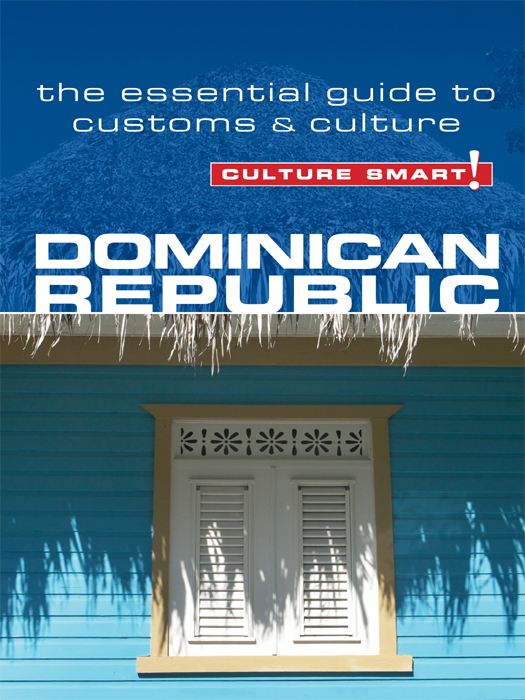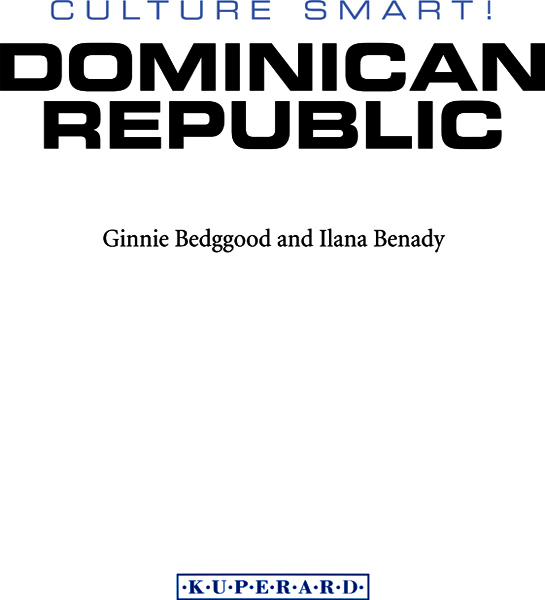About the Authors
GINNIE BEDGGOOD graduated in History from Queen Mary College, University of London, undertook postgraduate studies at the LSE and Southampton University, and gained a Masters in Public and Social Administration from Brunel University. She worked as a probation officer in Soho in the 1960s and spent seventeen years as a social work academic at Buckinghamshire Chilterns University College before moving to the Dominican Republic. She has been living in Puerto Plata since 1992. Ginnie is the author of Quisqueya: Mad Dogs and English Couple, a narrative that charts her early adjustment to her new surroundings.
ILANA BENADY is a Gibraltarian who studied and lived in the UK for more than fifteen years, graduating in Politics and Social Anthropology from the University of Kent at Canterbury. Her work at the Oxfam headquarters in Oxford led her to the Dominican Republic in 1996. She settled there in 1999 and married Dominican photographer Pedro Guzmn. They and their son Lucas now live in Punta Cana on the east coast. Ilana is the coauthor of Aunt Claras Dominican Cookbook and Traditional Dominican Cookery.
The Culture Smart! series is continuing to expand.
For further information and latest titles visit
www.culturesmartguides.com
The publishers would like to thank CultureSmart!Consulting for its help in researching and developing the concept for this series.
CultureSmart!Consulting creates tailor-made seminars and consultancy programs to meet a wide range of corporate, public-sector, and individual needs. Whether delivering courses on multicultural team building in the USA, preparing Chinese engineers for a posting in Europe, training call-center staff in India, or raising the awareness of police forces to the needs of diverse ethnic communities, it provides essential, practical, and powerful skills worldwide to an increasingly international workforce.
For details, visit www.culturesmartconsulting.com
CultureSmart!Consulting and CultureSmart! guides have both contributed to and featured regularly in the weekly travel program Fast Track on BBC World TV.
contents
Chapter 1:
Chapter 2:
Chapter 3:
Chapter 4:
Chapter 5:
Chapter 6:
Chapter 7:
Chapter 8:
Chapter 9:
Map of Dominican Republic
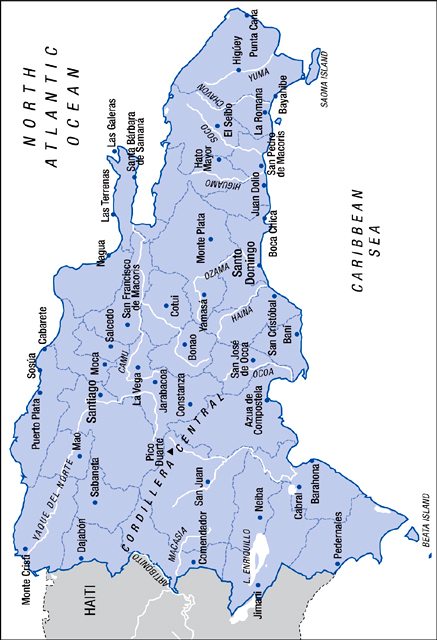
introduction
If you are looking for a country where everything works like clockwork, now might be a good time to close this book. The Dominican Republic has something for almost everyone, but not for obsessive perfectionists. If you can relax and go with the flow you will experience a land diverse in environment, a rich culture, a turbulent history, some infuriating idiosyncrasies, and a people whose friendliness is legendary. Flamboyant, resilient, irrepressible, generous, and headstrong, the Dominicans psyche embodies their historical inheritance and reflects the diversity of their ethnicity and of the physical landscape itself.
The foreign visitor will find Dominican people extraordinarily helpful. This can often be misinterpreted as a quest for rewardand indeed, in some of the tourist areas, it sometimes will be. But what it is much more likely to signify is the natural Dominican curiosity about and interest in other people. Perhaps this stems from the particular mix of the Caribbean easygoing nature coupled with Latino verve and showmanship, but at any rate, visitors are not met with suspicion, despite the fact that historical experience could well have instilled a different reaction. Of course, helpfulness does not always mean that the task is achieved, but Dominicans will most definitely try.
This interest in people has its downside for some visitors, who can construe it as extreme nosiness. Likewise, the headstrong and hedonistic side of the Dominican personality can lead to irksome behavior such as littering or driving irresponsiblyand the irrepressible side can in turn lead to an abject apology, and a repetition of the same behavior the following day, when it has all been forgotten about!
Culture Smart! Dominican Republic offers a tantalizing insight into the country and its people, from the unspoiled coastline to the agricultural interior, to the imposing mountains, and the hamlets where time appears to have stood still. It then catapults you into the twenty-first century, taking you to the hustle and bustle of the large cities and the luxury coastal tourist resorts.
On this journey you will see both opulence and poverty, and you will witness contradictions that may make you feel uncomfortable. Showing you how Dominicans deal with those contradictions is one purpose of this book. Every aspect of Dominican life is touched by the key values of the importance of the family and the weight given to personal relationships and belief systems. This understanding of why people do the things they do, in the way they do them, underpins the practical advice offered on to how to behave in a Dominican home, or in social and work settings.
A book of this length can only be a taster, however, and inevitably will contain some generalizations. The main course arrives when you visit.
Key Facts
| Official Name | Republica Dominicana (Dominican Republic) |
| Capital City | Santo Domingo |
| Major Cities | Santiago, San Pedro de Macoris, La Romana |
| Geography | Occupies the eastern two-thirds of the island of Hispaniola, which it shares with Haiti. | Situated between the Caribbean Sea and the NorthAtlantic Ocean |
| Area | 30,280 sq. miles (48,730 sq. km) |
| Terrain | Diverse. Mountain ranges with tropical rain forests run eastwest; arid semidesert plains in the southwest and northwest. | Highest point: Pico Duarte, 10,416 ft (3,175 m). Lowest point: LagoEnriquillo, -150 ft (-46 m) |
| Climate | Tropical maritime | Occasional hurricanes JuneOctober |
| Currency | Dominican peso (RD$) | US $1= RD $ 36 |
| Population | 10.1 million (2010 estimate) |
| Ethnic Makeup | Mixed 73%, white 16%, black 11% |
| Age Structure | 014 yrs: 31.8%; 1564 yrs: 62.4%; 65 yrs and over: 5.8% |
| Life Expectancy | Male: 70 years; female: 75.6 years |
| Infant Mortality Rate | 28 deaths per 1,000 live births; one month to 5 years: 30 per 1,000 |
| Language | Spanish |
| Literacy Rate | Male: 88.8%; female: 89.5% |
| Religion | 95.2% Christian | Predominantly Catholic, although Evangelical Protestant Churches have made significant inroads in recent years |


